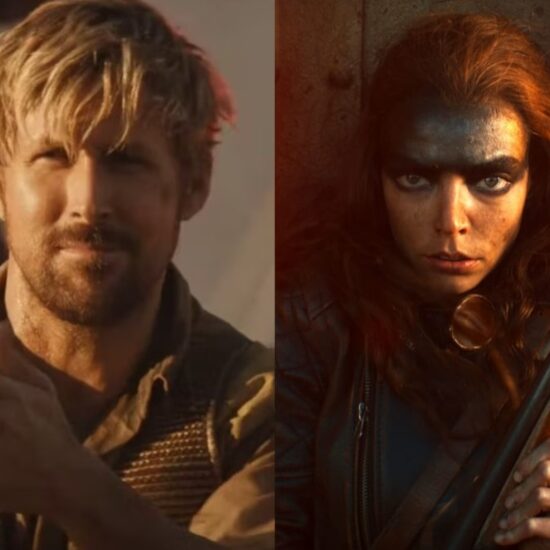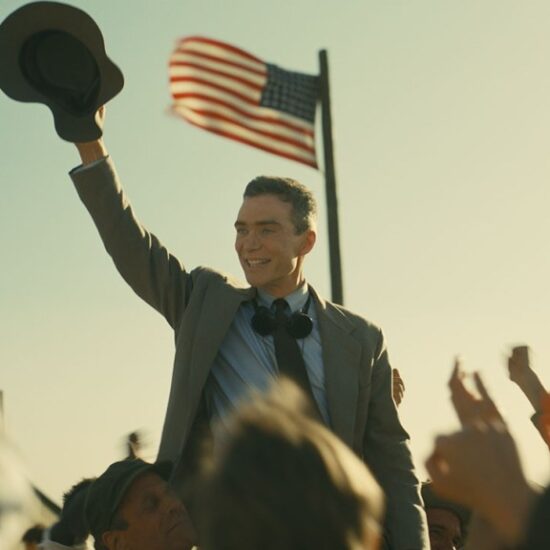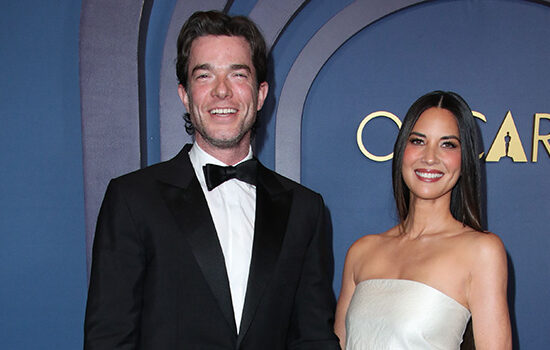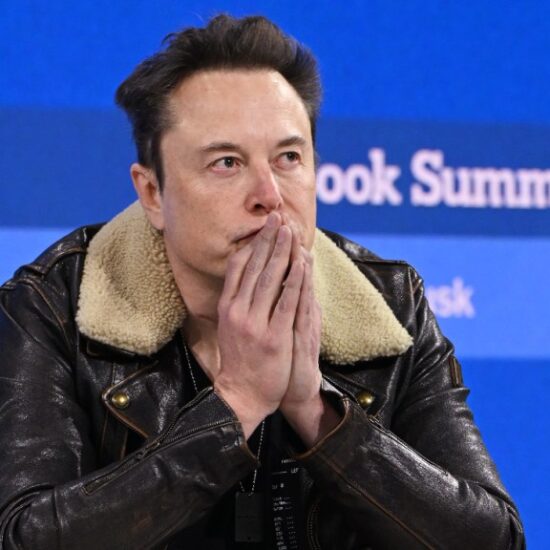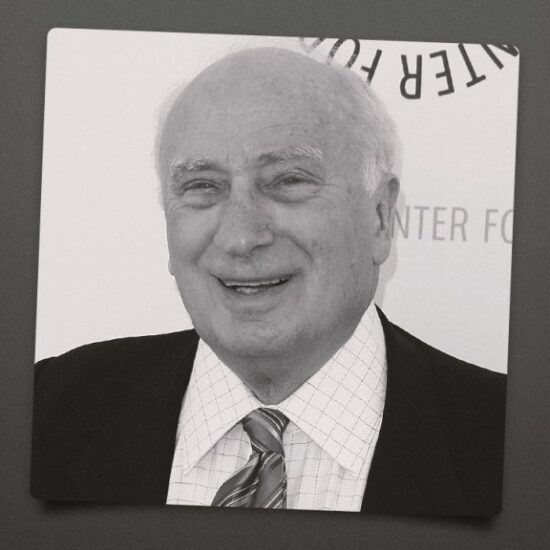
[This story contains spoilers for Loki season two, episode three, “1893.”]
When Loki executive producer Kevin R. Wright began to assemble his creative team for the hit Disney+ series’ second season, he knew that production designer Kasra Farahani was an absolute necessity.
Before crafting the series’ signature look in seasons one and two, Farahani climbed the ranks of Marvel Studios as an art director and a concept artist on various MCU projects such as Thor, Guardians of the Galaxy Vol. 2 and Black Panther. He’d even done some writing and directing in between Marvel gigs, so Wright first invited him to join Eric Martin’s writers’ room as a staff writer. That additional role on the show eventually led to a third assignment as director of season two’s third episode, “1893,” which allowed Farahani to design the 1893 World’s Fair in Chicago and introduce this season’s highly anticipated Kang variant, Victor Timely (Jonathan Majors).
As far as the show’s bold and indelible production design, Farahani credits Wright, as well as season one’s line producer Trish Stanard, for going to bat for more immersive sets than Marvel Studios would typically build. And now, because of Loki’s acclaimed sets, Farahani seems fairly confident that this approach will become more common on other Marvel projects moving forward.
“Specifically, we were building more intact, fully 360 sets, including ceilings with integrated lighting, and that was just something that the studio was unsure about because they hadn’t done a lot of that,” Farahani tells The Hollywood Reporter. “And so it took a lot of convincing. I dare say, I hope, that it’s even going to change things beyond our show in terms of how things are photographed.”
At a certain point in “1893,” Loki (Tom Hiddleston) and Mobius (Owen Wilson) need to catch up to Victor Timely, Miss Minutes (Tara Strong) and Ravonna Renslayer (Gugu Mbatha-Raw), and Mobius presents Loki with a tandem bicycle as a means of doing so. But despite anticipating that the Internet would soon be expecting its new favorite meme, Farahani and co. opted to only show the beloved duo on the two-seater bike in the deep background of one shot.
“Even the [deep background] shot that we do have of them arriving on the bike, we really went back and forth on whether we wanted to do that, because it almost is better in our imaginations. The potential for that to happen is almost better than any way it could ever be executed,” Farahani explains.
Below, during a recent spoiler conversation with THR, Farahani also discusses Miss Minutes’ surprising character turn and how the episode’s Balder the Brave reference long predates the character’s one-time inclusion in Doctor Strange in the Multiverse of Madness.
Besides taking place in the same time period as The Prestige and having similar production design and costumes, Victor Timely also has Tesla-like ambitions and a stage performance with manufactured lightning. Now, Kevin Wright told me that you had some Prestige photos on the wall, but how much did it actually influence you?
Well, it didn’t influence much architecturally because so much of that was prescribed to us by the setting of the 1893 World’s Fair, but the electrical arcing and the scale and the way they used technology in the context of the 19th century was cool to look at [on the wall].
Owen Wilson as Mobius and Tom Hiddleston as Loki in Marvel Studios’ Loki
Courtesy of Marvel Studios
Excluding Ant-Man and the Wasp: Quantumania’s credit scenes, Jonathan Majors introduced his third Kang variant, Victor Timely. Did the two of you have considerable discussion about how to differentiate Victor from He Who Remains and Kang the Conqueror? Or did he pretty much show up ready to go with this take?
There was a lot of discussion in the writers’ room about figuring out who Victor Timely is and how he was going to be used to service the storyline of the season. We kind of wanted to keep that shrouded in mystery because there was going to be an expectation about what Kang is going to be like. So we wanted to delay the moment of revealing his nature until then. Jonathan showed up with so much work and invention in terms of the Timely character, and some of the conversations that he and I had in the run-up to shooting were about a historical figure named Granville Woods. He was a Black inventor from the late 19th century, and he lived exactly when Timely would’ve lived, basically. He invented so many things, and people were constantly trying to steal them from him. Edison twice tried to take his patents, but [Edison] lost in court and ended up offering Woods a job, which was declined. So he was an important figure that went into Timely as well, but Jonathan built the mannerisms, the physicality, the quirkiness and the specific mix of how he represented intellectual brilliance with social awkwardness, a degree of charlatanism and pathos at the end.

(L-R): Jonathan Majors as Victor Timely and Gugu Mbatha-Raw as Ravonna Renslayer in Loki
Gareth Gatrell/Disney+
Miss Minutes (Tara Strong) went from the friendly and mysterious mascot for the show to this sinister entity that wanted He Who Remains to transform her into a real person so that they could rule together. Was there any apprehension from above or within about her tonal shift?
No, honestly. Not that I’m aware of, at least. Fleshing Miss Minutes out in terms of humanizing her and seeing more of her human desires and aspirations was an idea that Eric Martin put on the wall pretty early. It was one of those ideas that made it all the way through, which doesn’t happen a lot of the time. So, to my knowledge, doing something rich with this character was pretty well embraced right away, and it’s all the more interesting because she’s a cartoon. People refer to reductive characters as cartoons in a pejorative way, and we’re trying to give Miss Minutes, a literal cartoon, these super awkward and complex emotional feelings.
You recreated the season one finale set with He Who Remains’ corpse in rather clear view. Are you surprised you got away with that visual?
There was a lot of conversation around how to do that in a tasteful way that wasn’t indulgent or excessive or unnecessarily graphic. It was meant to tell the story of this pretty important detail. The Citadel at the End of Time, which had been exempt from time, was now subject to time due to the events at the end of season one. Decay has set in, and that’s why this place has started to ruin because the effects of time are taking place. So we needed to see that, and we wanted to have this conversation between Miss Minutes and Renslayer. They had this really rough-and-tumble relationship throughout this episode where they are allies of convenience, but there’s no actual goodwill between them. They both betrayed each other throughout the course of the events, and yet, they find themselves relying on one another again at the end. So we wanted to have this conversation about their tacit truce in the presence of He Who Remains, who’s the architect of this animosity in the first place.
Balder the Brave was supposed to appear in Doctor Strange in the Multiverse Madness.
Yeah. [Writer’s Note: Daniel Craig was reportedly going to play him.]
Did that one-time plan have anything to do with the Balder the Brave statue appearing in this episode? Did Loki creator Michael Waldron try to plant that seed in his Doctor Strange 2 script so his friends in the Loki season two writers’ room could sprout it?
Honestly, no. I’ll give you a tip as somebody who worked on the first Thor: Balder was in the script of Thor for a minute at the very beginning, too. But no, first and foremost, that’s about the joke. You see Odin and Thor, and the expectation is that the third statue would be of Loki. But it’s not; it’s of Balder. It’s also about reintroducing Loki, the character himself, and the audience to this notion that Loki is not just somebody who works at the TVA. Loki is a God. Loki has the potential to do massive, powerful, hugely impactful things on the scale that only a God can.
The other thing we wanted to do with that diorama was just make an acknowledgement that we’re shooting in the Midway of the 1893 World’s Fair, which consisted of all of these pavilions from different countries. But the truth is that they were pretty reductive and racist at times in terms of how they depicted some of these cultures. And so we wanted to have this notion acknowledged in a line where Loki says, “You can’t reduce an entire culture down to a simple diorama.”
I’m ashamed of myself for even thinking about memeable opportunities, but a medium shot of Loki and Mobius on the two-seater would’ve become a mega-popular meme overnight.
(Laughs.) I know!
Was there a cut of this episode with a more pronounced shot of them riding that bike together? The final cut shows them arriving in the deep background.
No, there wasn’t! Even the [deep background] shot that we do have of them arriving on the bike, we really went back and forth on whether we wanted to do that, because it almost is better in our imaginations. The potential for that to happen is almost better than any way it could ever be executed.

Tom Hiddleston as Loki in Loki
Gareth Gatrell/Disney+
For my money, Loki has the most inspired and interesting production design in the entire MCU. Did you have to fight for your vision, or were you allowed to go nuts from the start?
In season one, it’s not that we had to fight for the vision, but we had to really make our case, because we were doing things in a way that was very different from a lot of projects within Marvel Studios. Specifically, we were building more intact, fully 360 sets, including ceilings with integrated lighting, and that was just something that the studio was unsure about because they hadn’t done a lot of that. And so it took a lot of convincing, and Kevin Wright and Trish Stanard, our line producer from season one, were instrumental in that. And ultimately, the studio was like, “Okay guys, give it a shot.” So it worked really well in season one, and in season two, we did not have to make that case in the same way. They were on board with the look of the show, and I dare say, I hope, that it’s even going to change things beyond our show in terms of how things are photographed.
Shortly before Loki season one, you designed Owen Wilson’s movie, Bliss. Before that movie wrapped, did you mention to him that you’d see him very soon on Loki?
We didn’t know about it, honestly. But on the last night we were in Croatia, we all went to dinner: Owen, myself, the costume designer and a couple of others. We had a blast and ended up swimming in the Adriatic Sea. And then little did I know, just a month or two later we’d be working together again on Loki.
***
Loki is now streaming on Disney+. This interview has been edited for length and clarity.









